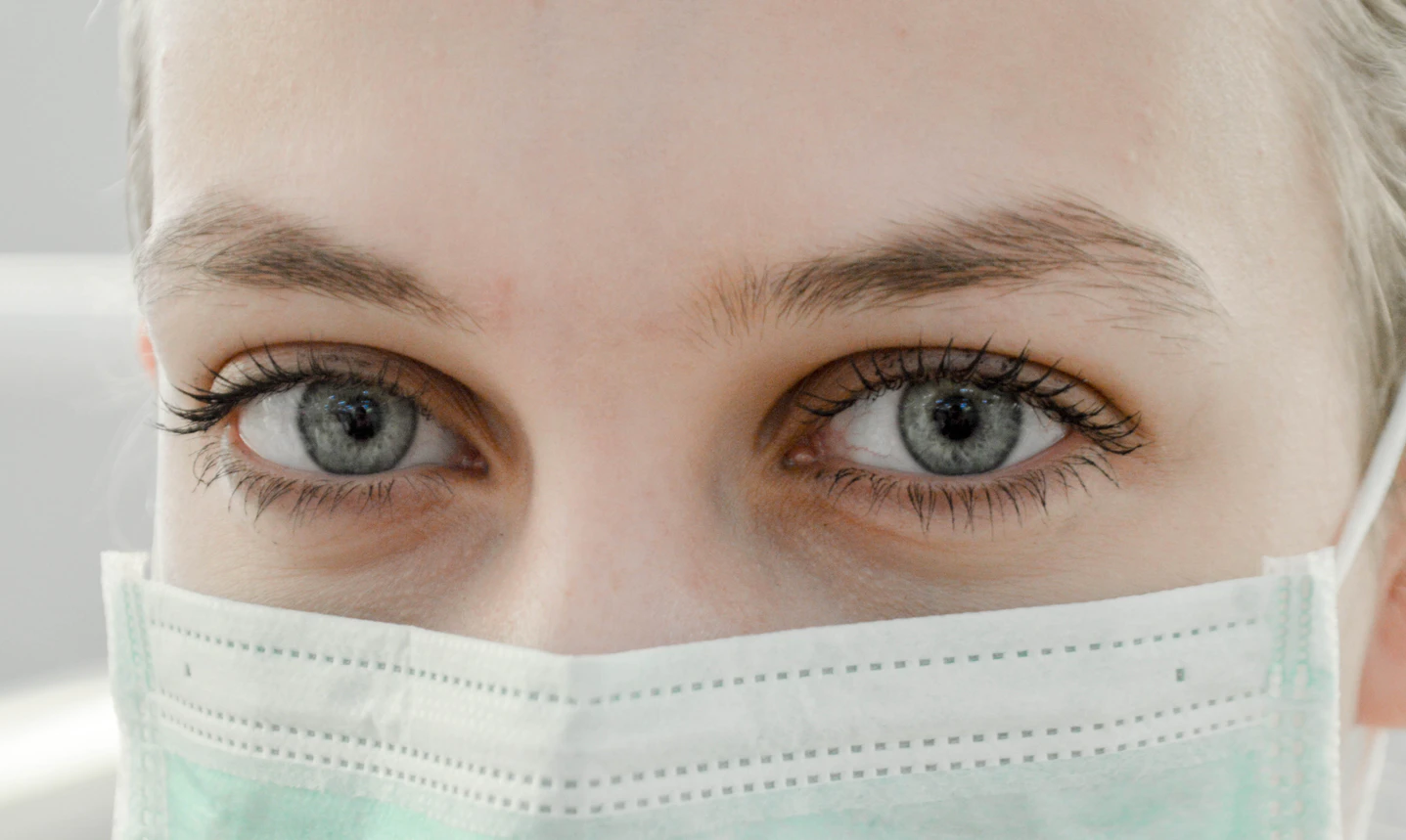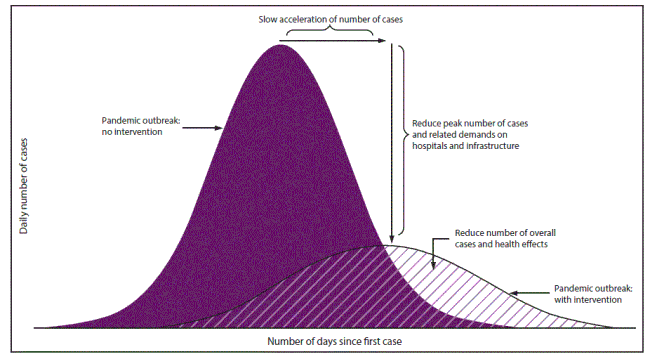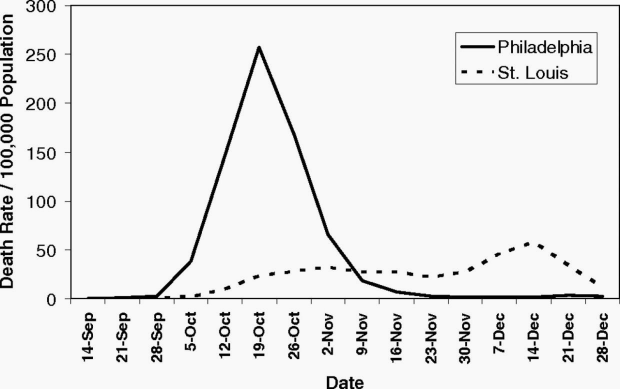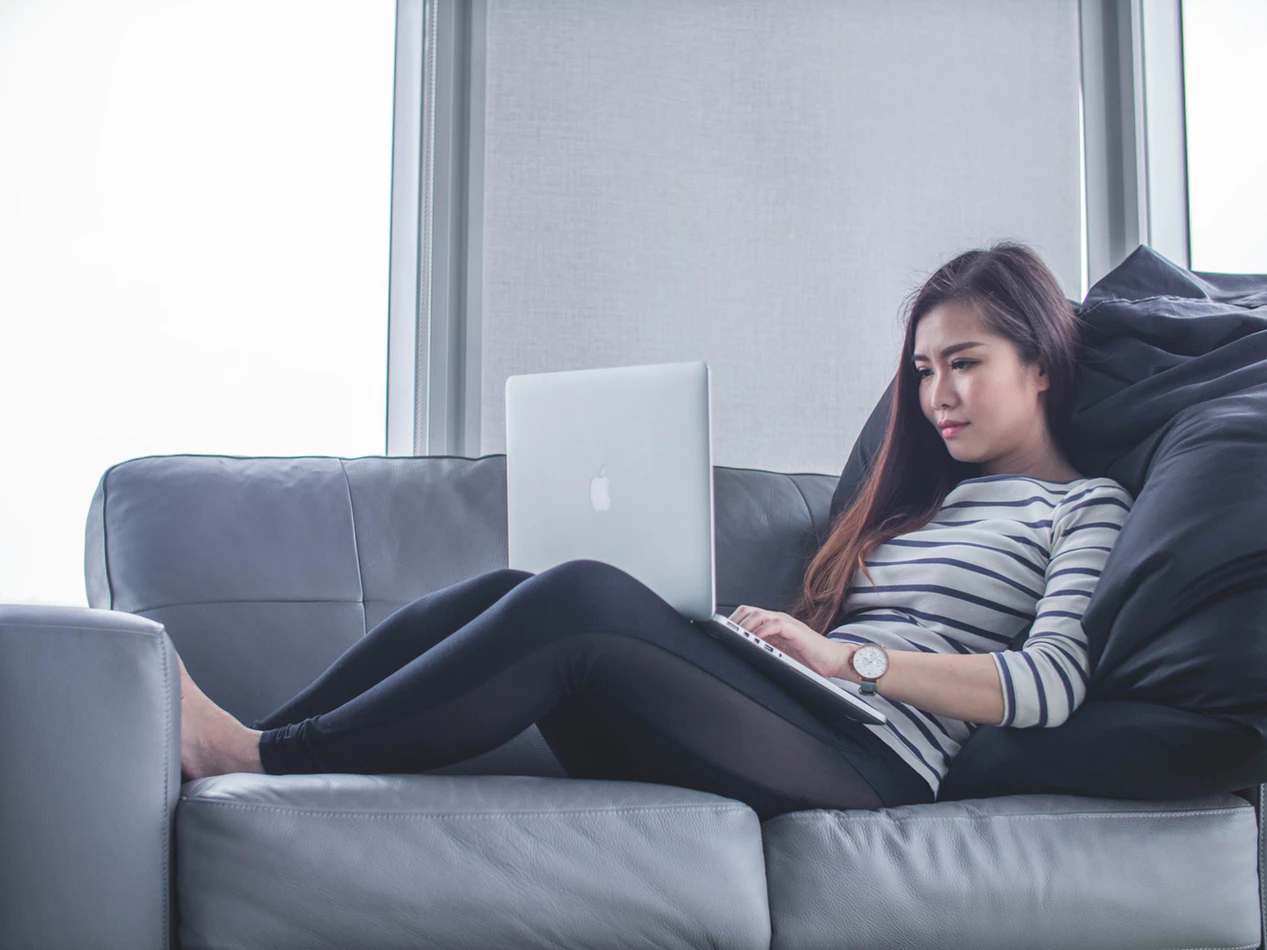From Internet memes to local news reports, the phrase “social distancing” has taken center stage following the government’s recent measures to address the COVID-19 outbreak. On March 15, 2020, the Centers for Disease Control and Prevention (CDC) released guidelines instructing that “for the next 8 weeks, organizers (whether groups or individuals) cancel or postpone in-person events that consist of 10 people or more throughout the United States” and that “events of any size should only be continued if they can be carried out with adherence to guidelines for protecting vulnerable populations, hand hygiene, and social distancing. When feasible, organizers could modify events to be virtual.”
In response to the outbreak, the NBA has halted its 2020 season, popular events such as Austin’s SXSW Festival have been canceled or postponed, and a number of large workforces, such as Twitter, have mandated that their employees work from home. But social distancing seems to have developed beyond just avoiding large group gatherings and coworkers at the office. In an effort to avoid COVID-19 infection and prevent viral spread, many find themselves secluded at home without the support of social interaction. Here at VP Legacies, we help you find methods of meaningful connection while staying safe at home.
What Is Social Distancing?
The CDC defines social distance as the act of “remaining out of congregate settings, avoiding mass gatherings, and maintaining distance (approximately 6 feet or 2 meters) from others when possible.” The CDC doesn’t strictly define “congregating” but has offered some examples of congregate settings: educational institutions, workplaces, mass gatherings, and detention facilities..”
The University of Chicago Emergency Management Program calls social distancing “a public health safety intervention used to reduce the likelihood of transmitting communicable disease.” And Harvard Medical School’s Coronavirus Resource Center categorized social distancing as a step taken to mitigate the impact of the illness: “social distancing…refers to actions taken to stop or slow down the spread of a contagious disease. For an individual, it refers to maintaining enough distance between yourself and another person to reduce the risk of breathing in droplets that are produced when an infected person coughs or sneezes. In a community, social distancing measures may include limiting or cancelling large gatherings of people.”

Though definitions of social distancing differ slightly across various outlets, the general idea is the same. In the face of a global pandemic, humans are called upon to limit the spread of COVID-19 by maintaining distance from other people and avoiding large gatherings. Work from home practices, online conferences, and meetings are our new reality for the indefinite future.
Related: How To Personally Connect In the Midst of A Global Pandemic.
Why Social Distancing?
Why, many ask, must we practice social distancing at a time when connection and community might matter more than ever? The World Health Organization offers a straightforward answer to why we need to maintain a distance from people around us: “When someone coughs or sneezes they spray small liquid droplets from their nose or mouth which may contain virus. If you are too close, you can breathe in the droplets, including the COVID-19 virus if the person coughing has the disease.” In the case of a communicable disease, one that is easily transferred from one person to another, health experts stress that social distancing can limit the exposure of bacteria and infectious disease to the rest of the community.
 Source: CDC
Source: CDC
In exploring the necessity of social distancing, another catchphrase has emerged: “flattening the curve.” From an epidemiological standpoint, flattening the curve means taking actions that slow the spread of a viral infection so that the rate of cases and health effects on a population is spread out over time, thereby reducing the impact and demands on the healthcare system and other related industries. Social distancing is one means of flattening the curve, as well as “shelter in place” orders that local governments have enacted to slow the rate of infection.
Social distancing can protect vulnerable groups from infection as well. Studies on the first 17 deaths resulting from COVID-19 infection in China showed that the median age of those patients was 75 years old. Immunologists have also communicated that individuals with pre-existing conditions, such as high blood pressure and cardiopulmonary disorder, may be more susceptible to any illness, including COVID-19. As we learn more about the effects of the virus on the world’s population at large, social distancing has become an act of respect, care, and protection to the people around us, especially high risk groups such as the elderly or immunodeficient.
Who recommends social distancing?
Federal agencies, including the White House, CDC, U.S. Department of Labor, and the Department of Homeland Security as well as state government agencies are recommending social distancing to flatten the curve of COVID-19 infection.
Beyond a national level, the World Health Organization as well as experts across the globe have studied and are encouraging social distancing during the pandemic outbreak. From mathematicians to specialists in infrastructure and behavioral design to public health officials, social distancing has been touted as an effective means of containing the viral spread.
How can social distancing protect you?
Social distancing is a virus containment method that can substantially reduce attack rates and protect you and your community from widespread infection. The outbreak has already put a strain on the nation’s economic resources and healthcare facilities. Active measures to participate in social distance will help not only the economy and healthcare industry, but bring business and resources flowing back into the communities once COVID-19 is contained.
Related: Stay protected and connected all at once with VP Legacies.
How has social distancing worked in the past?
The chart below compares the death rate in two different cities during the 1918 pandemic that wiped out one-third of the world’s population (that’s an estimated 500 million people) within a year of the outbreak.
 Source: Proceedings of the National Academy of Sciences
Source: Proceedings of the National Academy of Sciences
During the outbreak of the 1918 pandemic, also known as the “Spanish flu,” local governments varied drastically in their methods of containing the outbreak. The city of Philadelphia experienced cases of influenza as early as September 17, 1918 but downplayed the gravity of the situation and did not take measures to enforce non-pharmaceutical interventions (such as social distancing, school closures, and shelter in place ordinances) until October 3, 1918. Philadelphia even proceeded with a city-wide parade on September 28, 1918, of which almost 200,000 people attended.
As a result, by the time social distancing, cancellations of mass gatherings, and school closures were enacted on October 3, 1918 in Philadelphia, the city’s healthcare and public health resources were already overburdened by a surfeit of flu cases that amounted to 217 deaths out of 100,000 people per week.
Compare this to the city of St. Louis, where first instances of the flu arose on October 5, 1918. The city responded quickly and by October 7, 1918, authorities had put into place social distancing measures designed to combat viral spread.At this time, people did not have the luxury of having the online resources to help them battle the struggles of Social Distancing.
Luckily, the fast response paid off: the city of St. Louis’s peak death rate was only 31 deaths out of 100,000 people per week. Philadelphia’s weekly rate of death was seven times that of St. Louis. Health experts studying this data concluded that aggressive social distancing measures implemented as early as possible following the outbreak were “significantly associated with a lower rate of mortality.”
How to Practice Social Distancing
The CDC, World Health Organization, and various health experts have been forthcoming with advice on how to practice social distancing. Some general advice for individuals, families, and businesses are:
- Distancing yourself from others if you think you’ve been exposed to the virus
- Isolation and quarantine of those that are already ill
- Avoid coming in contact with those who may have been exposed to the virus
- Cancel sporting events and other events of 10 people or more
- Stay home if you’re sick, except to seek medical care
- Avoid unnecessary travel and large social gatherings of 10 people or more
- Wash your hands for at least 20 seconds according to proper hygiene standards after touching frequently used items or coming into contact with someone who is sick
- If working in proximity to others, attempt to keep a distance of approximately six feet from the nearest person during work
Social distancing may even apply to contact with a family’s beloved pet. Harvard Medical School advises the following when it comes to our four-legged pals: “There have not been reports of pets or other animals becoming sick with COVID-19, but the CDC still recommends that people sick with COVID-19 limit contact with animals until more information is known. If you must care for your pet or be around animals while you are sick, wash your hands before and after you interact with pets and wear a face mask.”
Find out ways to stay personally connected with friends and colleagues even while practicing social distance. Check out VP Legacies’ course here.
Potential Emotional Effects of Social Distancing
Knowing social distancing helps to flatten the curve of the COVID-19 infection is one thing, but how do we as a society adjust to limited social interaction? There is no question that along with a pandemic of global proportions, fear and anxiety is mounting on an international level. What becomes of us as we distance ourselves in the name of virus containment while navigating an entirely new landscape of solitude, quarantine, and incessant handwashing?
Loneliness
Studies show that loneliness and isolation are serious health risks that especially affect older adults. As older adults are already at higher risk of infection, the effects of social distance upon this population are worrying. But it’s not only older folks who might suffer from social distancing. Cigna reported loneliness as an epidemic as early as 2018, before COVID-19 took root, noting that nearly half of 200,000 adults experience loneliness and the youngest adults in the group were the loneliest of all.
Various medical studies show that both women and men who are socially isolated had double the mortality rate compared to those who were more socially integrated. More immediately, loneliness can lead to depressive symptoms, impaired immunity, higher rates of need for emergency medical treatment, and impaired optimization of positive emotions.
Loss of energy
Though staying home all day sounds like a restful experience, an extended lack of social integration can actually lead to an overall loss of energy. Lack of social interaction has been found to cause fatigue, lowered quality of sleep, and increased cortisol responses upon awakening, which can lead to starting the day with a high level of stress. This can cause a person working from home to crash and burn a lot quicker than one who is working amongst social peers.
Reduced productivity
Loss of energy and loneliness leading to depression and a lowered immune system can likely contribute to reduced productivity, whether at a job or on personal projects at home. Whether a loss of friendly support causes illness, depressive symptoms, or general fatigue, these are all factors that inhibit a healthy level of productivity. Supporting medical studies show that “even minor levels of depression symptoms were associated with decrements in work function.”
How to Personally Connect in a World of Social Distancing
In light of distressing pandemic news flooding media outlets and people waiting out the storm alone at home, how can we battle loneliness, loss of energy, and lowered productivity? The good news is, unlike those who suffered from the 1918 pandemic, we have technology to stay connected during this challenging period. If you’re already battling bouts of loneliness, learn more about VP Legacies’ course, How To Personally Connect In the Midst of a Global Pandemic, here.

Stay in touch over the phone
Smartphone technology is something we can take advantage of when feeling isolated or lonely. With the help of 4G connectivity and apps like Whatsapp and WeChat, isolated people across the world can stay connected and check on each other’s well being with the touch of a button. Facetime calls and group text chats are all helpful in maintaining a sense of community during social distancing.
Send check-in emails
The ease of sending e-mails is another means of communicating regularly with loved ones. Regular check-ins with friends and relatives can provide a meaningful connection that is sorely needed during this lonely time.
Join Online Classes or Take a Virtual Course
Isn’t there something you’ve always wanted to learn but “never had the time?” Well, the time is now. Drawing, singing, and music lessons are available online and a creative outlet can help you express and release what you’re feeling now. Master classes for many subjects are popular as well, including scriptwriting and cooking. Many yoga and other fitness programs can be accessed remotely and are designed for you to do at home. Or take an online course to ramp up your skills at work. VP Legacies’ Elearning courses help you develop your personal and professional connection skills while connecting with caring instructors and classmates.
Share Your Expression
Did you create something beautiful during all those hours spent at home? Got a song to sing, a poem to read aloud, or a meditation practice that can help others? What about that article or video you’ve been wanting to post online? Here’s your time to shine. The world could really use your voice now that we’re in dire need of stimulation and inspiration.
Hold training sessions and meetings online
Meaningful connections with work colleagues and business partners can also help you maintain a sense of purpose and productivity rather than languishing alone at home. For a culture that spends five out of seven days at work, many are left wondering “what happens if I don’t go to work?” Meeting and learning online may be a solution for those that find themselves worrying about how to spend their time while socially distancing themselves from the workplace. For more ways to connect meaningfully online, check out VP Legacies’ communication capabilities here.
Conclusion

Without a doubt, we live in uncertain times right now. As researchers and medical professionals rush to help the sick and seek effective solutions to contain the COVID-19 outbreak, we can do our part by participating in social distancing to flatten the curve.
But to care for ourselves and each other, we must find ways to connect and communicate with loved ones. For those who find themselves in solitude, it can be helpful to learn ways to establish connections online. To ensure those connections are resonant and meaningful, check out VP Legacies’ course on Personal Connection 101.
Whether through phone calls, e-mails, or other forms of online communication, we owe it to ourselves to stay connected. Our health and well-being depend on it.

